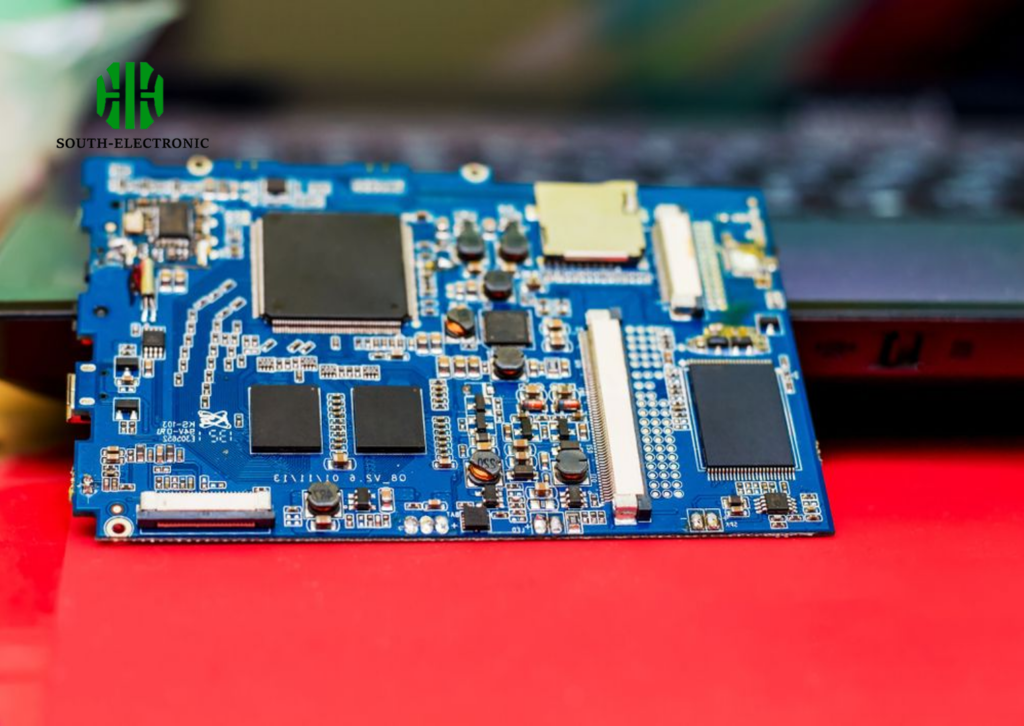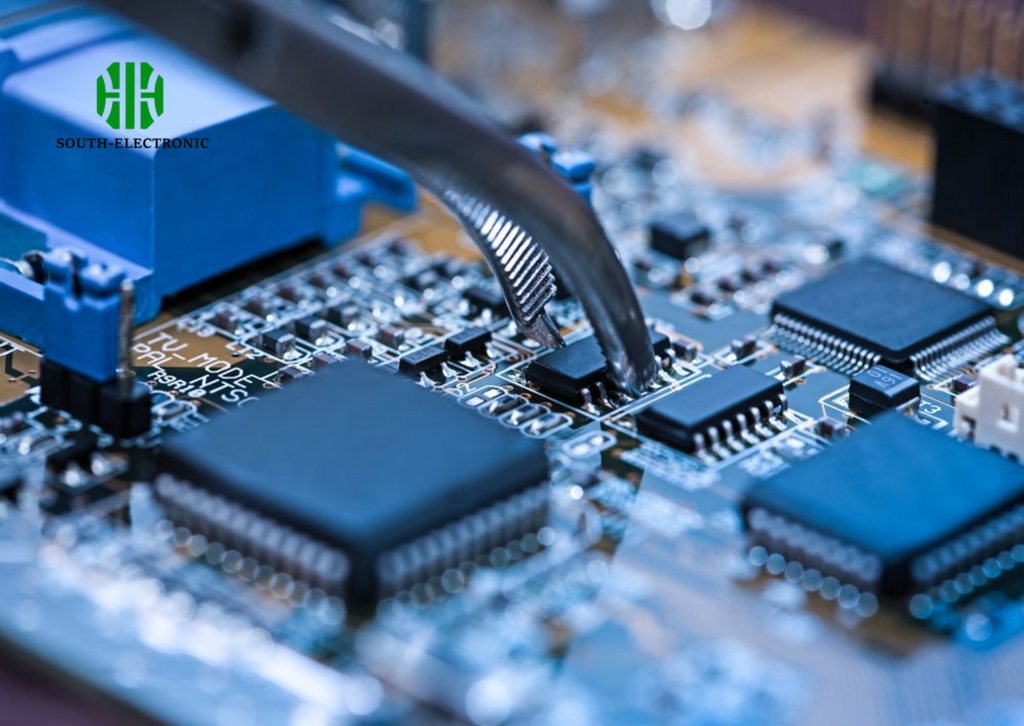What is the purpose of micro-circuit boards?
Micro-circuit boards as they’re sometimes called, are the heart and soul of today’s electronic gadgets. They’re what allow all the different parts of a device to talk to each other and work together. That’s why you find them in everything from your smartphone to your car to your washing machine.
What is a Micro-Circuit Board?
A micro-circuit board is a flat, usually green board that holds and connects various electronic components. These components include resistors, capacitors, transistors, and integrated circuits. The main job of a PCB is to provide a physical structure for mounting these components and to electrically connect them using conductive pathways etched into the board.

Components of a Micro-Circuit Board
- Substrate: The base material, usually made of fiberglass, provides structural integrity.
- Copper Layer: Thin layers of copper create conductive pathways for electrical signals.
- Solder Mask: A protective layer that prevents accidental short circuits.
- Silkscreen: Used for labeling components and providing information.
The Role of Micro-Circuit Boards in Electronics
Micro-circuit boards are crucial in the functioning of electronic devices. They serve several key purposes:
1. Interconnection of Components
PCBs allow various electronic components to be interconnected efficiently. This interconnection facilitates the flow of electrical signals, enabling the components to work together seamlessly.
Example: In a smartphone, the PCB connects the processor, memory, camera, and sensors, ensuring coordinated functionality.

2. Miniaturization and Space Efficiency
Micro-circuit boards have enabled significant miniaturization of electronic devices. By densely packing components on a single board, manufacturers can create smaller, more compact products without sacrificing functionality.
Benefits:
- Space Saving: Critical for portable devices like smartphones and wearable technology.
- Cost Reduction: Smaller boards reduce material costs and manufacturing expenses
| Feature | Traditional PCB | Micro PCB |
|---|---|---|
| Size | Larger | Smaller |
| Component Density | Lower | Higher |
| Material Cost | Higher | Lower |
| Application Examples | Old electronics | Modern devices |
3. Improved Reliability and Performance
Micro-circuit boards improve the reliability and performance of electronic devices. The precise layout and design minimize the risk of short circuits and interference, leading to better overall device performance.
Applications in Various Industries:
- Consumer Electronics: Smartphones, tablets, and laptops.
- Automotive: Advanced driver-assistance systems (ADAS), infotainment systems.
- Medical Devices: Diagnostic equipment, wearable health monitors.

Design Challenges in Micro-Circuit Boards
As electronic devices become smaller and more powerful, the demand for compact PCBs with high component density increases. This miniaturization poses several challenges:
- Component Placement: Placing a large number of components in a limited area without causing electrical interference or signal degradation.
- Thermal Management: Managing heat dissipation becomes more difficult as components are densely packed, which can affect the performance and lifespan of the board.
- High-Frequency Signals: As operating frequencies increase, issues such as signal reflection, crosstalk, and electromagnetic interference become more pronounced.
- Impedance Matching: Proper impedance matching is essential to minimize signal loss and reflections, especially in high-speed digital circuits.
- Power Plane Design: Ensuring that power planes can deliver adequate current to all components without causing voltage drops or creating hot spots.
- Grounding: Designing a common ground plane that minimizes noise and interference, while also preventing ground loops that can cause malfunctions.
- Quality Control: Maintaining high standards of quality control to detect and correct defects such as misaligned layers, broken traces, or poor solder joints.

Design Skills for Micro-Circuit Boards
- Thermal Management: Arrange components in a way that distributes heat evenly across the board and away from temperature-sensitive parts. Utilize thermal vias and heatsinks as required.
- HDI Technology: High-Density Interconnect (HDI) technology allows for finer lines and spaces, smaller vias, and denser component placement, which can be beneficial for compact and complex designs.
- Flexible PCBs: For designs requiring bending or folding, or where space is a constraint, consider using flexible PCBs which can conform to different shapes and sizes.
- Careful Routing: Pay close attention to the routing of high-speed signals. Use controlled impedance traces and maintain consistent trace widths and spacing to reduce crosstalk and electromagnetic interference (EMI).
- Proper Grounding and Shielding: Implement solid grounding practices and use shielding techniques where necessary to minimize noise and improve signal integrity.
Micro-circuit boards are a must-have in today’s electronics, because they’re what let us cram complex systems into small spaces. They give us a bunch of benefits, like saving us space, saving us money, and making our stuff more reliable. As technology keeps getting better, we’re going to need more and more micro-circuit boards, and that’s going to help us keep making cool stuff in all sorts of different industries.



